
The Canon R3 Can Now Remember Specific Faces and Focus On Them
Canon has released a firmware update that improves the intelligence of the EOS R3 camera. Namely, it is now able to "remember" faces so they can be preferentially detected and tracked.

Canon has released a firmware update that improves the intelligence of the EOS R3 camera. Namely, it is now able to "remember" faces so they can be preferentially detected and tracked.
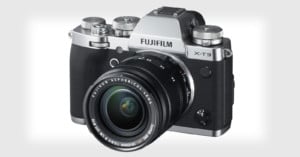
Fujifilm has just released a major firmware update for the X-T3 that claims to improve autofocus tracking in several important ways, including better Eye AF, better Face Detection, and better recognition of foreground objects.
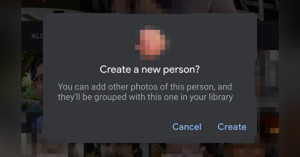
Google is rolling out a long-overdue feature to Google Photos: manual face tagging. The app now offers the ability to fill in tags for faces that it failed to identify.
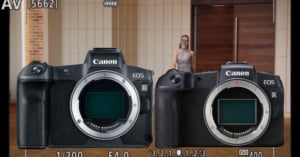
If you own Canon's EOS R or EOS RP, download the latest firmware for your camera ASAP. As of last night, Firmware Ver 1.4 and 1.3 for the Canon EOS R and Canon EOS RP, respectively, have been released, boasting improved overall autofocus performance, enhanced Eye and Face Detection AF, and more.

Google-owned image editing app Snapseed is a go-to for many photographers when they want (or have) to edit photos on their smartphone. And starting today, those people have a new, highly-requested editing tool at their disposal: Curves.
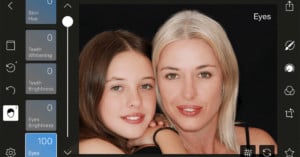
Polarr's powerful and popular photo-editing app on iOS was just upgraded to version 3.0, and the new update brings powerful face detection and editing tools that are being seen for the first time in Apple's App Store.
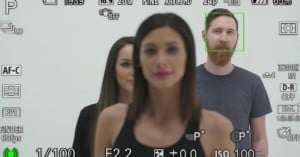
This feature could be huge for wedding photographers. In the tutorial above, photographer Gary Fong shows you how the Sony a6300's "Face Registration" feature can recognize up to 8 faces, prioritize them, and focus on the top priority face later... even in a crowd.
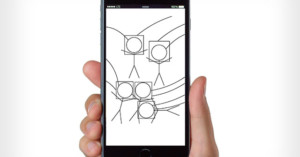
Friends often ask for copies of photos you took of them at gatherings, and Apple wants to make it less of a hassle to send those images. The company has developed a new photo sharing system that uses face recognition to automatically figure out who's in your shots and have the photos sent to them.
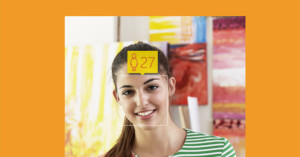
How Old Do I Look? is a simple demo website created by Microsoft engineers who are working on information management and machine learning. Given any photo showing a face, the system will do its best to guess the age and gender of the people in the shot.
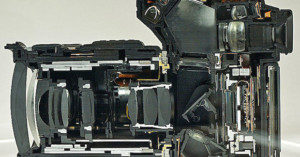
They say that the DSLR’s better days are behind it, but it’s still the choice for most working pros. Rapid advances on point and shoots, ILCs (mirrorless interchangeable lens cameras) and smart phones have left the DSLR looking like the camera of yesteryear, so here are a few features we think every DSLR should have now.
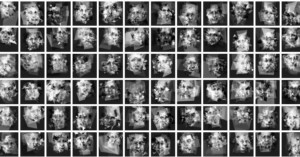
The man in the moon and the face on mars. These are both the result of a psychological phenomenon known as pareidolia, which involves the brain trying to perceive random signals as significant. It's one of the brain's face detection mechanisms, and causes us to see faces where they don't actually exist -- the Virgin Mary's face on toast, for example.
Programmer Phil McCarthy decided to play around with the idea of paredoila in artificial intelligence, and created a program called pareidoloop. It uses face detection algorithms to "see" human faces in randomly generated polygons.
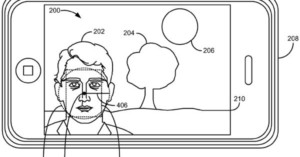
Face detection has become the snapshot photographer's invaluable assistant in ensuring tack-sharp faces, but soon it'll be able to add two more job responsibilities to its resume: exposure metering and speedier autofocus. Two patents recently awarded to Apple show that future iOS cameras (perhaps the next iPhone?) will have standard camera features that rely much more on face detection technology. The first patent, titled "Dynamic exposure metering based on face detection", allows the camera to automatically select faces as the primary target for metering. In more difficult situations -- group shots or people standing in front of a crowd, for example -- the camera will use factors such as "head proximity" to select the primary subject.
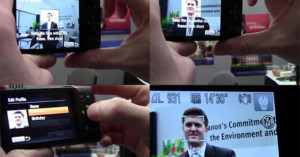
Canon's latest compact cameras at CES this year have some fancy new facial recognition features that assist in portrait shots. Up to 12 people can be stored in the camera. Simply snap a photo of your friends face, provide the friend's name (and birthday if you wish), and the camera will recognize your friend from that point forward. In group shots, the camera will give your friends' faces preferential treatment, making sure that they're properly in focus and exposed.

It looks like Microsoft is finally putting its war chest and brilliant minds to good use: the company has …

The Apesnake Photobooth is a novel photobooth triggered by facial expressions. Created by Che-Wei Wang & David Penuela, it detects the eyes and mouth of the subject and triggers the shutter on a Canon 1000D when they're found to match a desired expression (they chose the Manwolf face). The booth also automatically uploads photographs to a dedicated Facebook page.
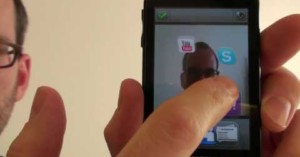
Last year, Apple purchased Swedish facial recognition firm Polar Rose for $22 million, and yesterday's iPhone 4S announcement revealed that the technology is now baked into iOS and is touted as one of big new camera features. The iPhone is now a compact camera and mobile computer that can detect -- and possibly recognize -- faces.
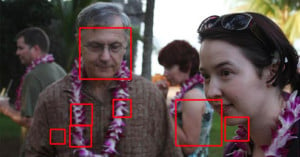
Facial recognition features are appearing in everything from cameras to photo-sharing sites, but have you thought about the different …

Looks like Facebook’s recent acquisition of Divvyshot was not for naught. In a …